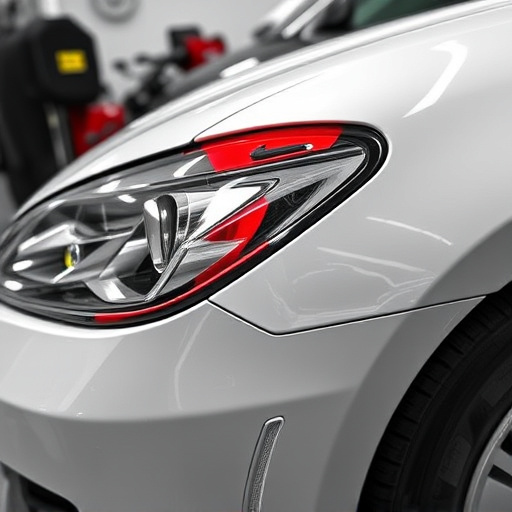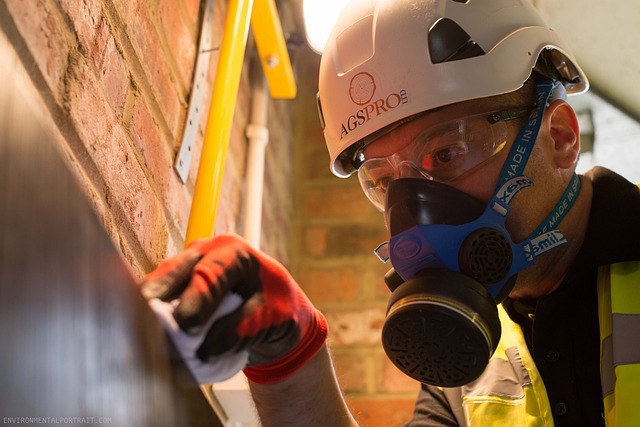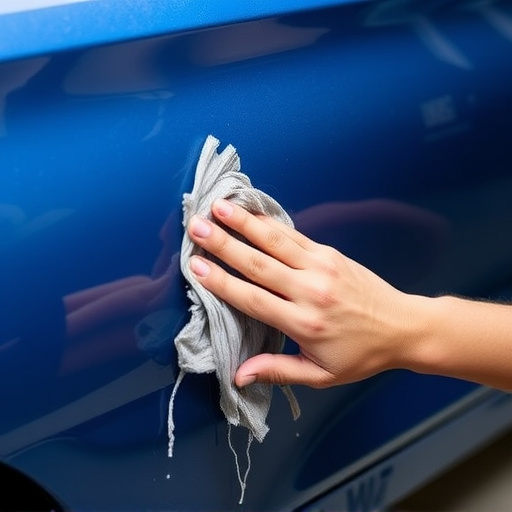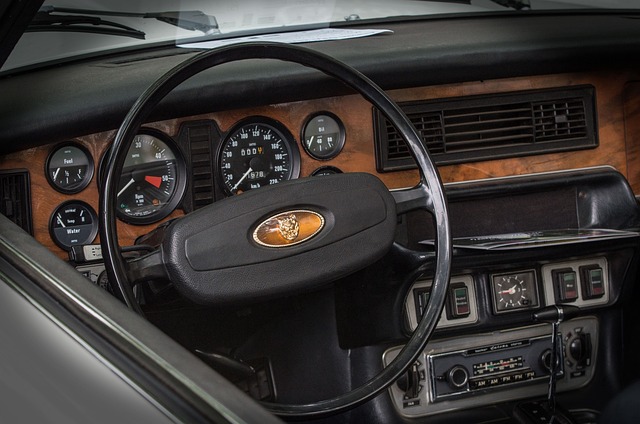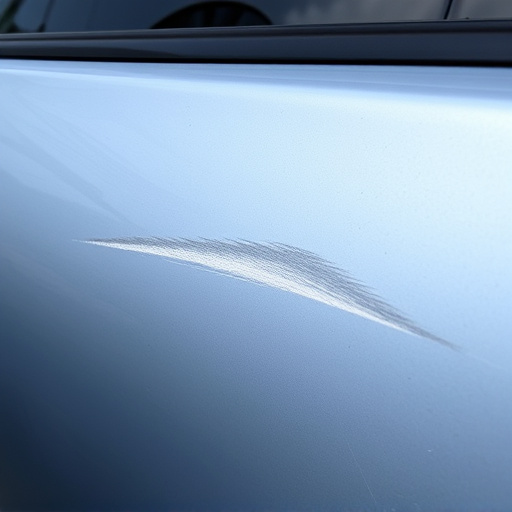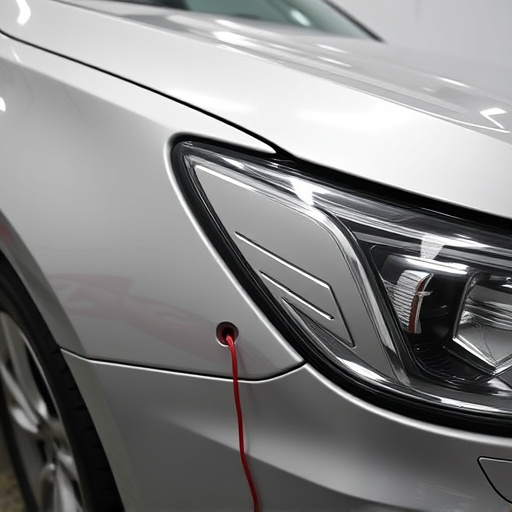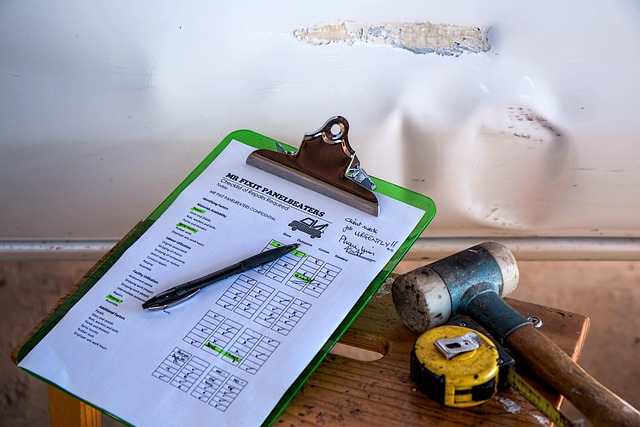Car dent removal involves repairing vehicle dents for optimal restoration. DIY kits are suitable for minor dents but may fail on deeper damage. Professional repair services, using specialized tools, ensure better results for complex collision damage. Evaluate dent severity to choose between DIY and professional methods for safe, aesthetically pleasing car repairs.
Car dents can be a common nuisance, but removing them doesn’t always require professional help. This guide delves into the world of DIY car dent removal kits, offering insights on their effectiveness and potential drawbacks. Understanding the dent removal process is key—from assessing damage to choosing the right tools. We explore various techniques, ensuring you’re equipped with knowledge for successful repairs. By the end, you’ll know when a kit is suitable or if professional assistance is the better route for your car’s aesthetic.
- Understanding Car Dent Removal Process
- DIY Kits: Pros and Cons Unveiled
- Effective Techniques for Successful Repairs
Understanding Car Dent Removal Process

Car dent removal is a process that involves repairing dents or dings on vehicle bodies, restoring them to their original condition. It’s essential to understand this process before attempting DIY methods, especially with the availability of various car dent removal kits in the market. The first step typically begins with evaluating the damage and determining the extent of the dent. This assessment helps in choosing the right repair technique, whether it’s a simple tap or more complex methods like using specialized tools or filling compounds.
Collision repair centers often employ professional techniques that ensure precision and minimal paint damage. Auto glass repair experts use a combination of heat, pressure, and special tools to gently push the dented area back into place. In contrast, DIY kits usually offer simpler solutions suitable for minor dents, aiming to save costs without necessarily achieving the same level of precision as a vehicle restoration expert.
DIY Kits: Pros and Cons Unveiled

DIY car dent removal kits have gained popularity for their accessibility and cost-effectiveness. These at-home solutions offer a convenient way to fix minor dents and dings on your vehicle’s exterior. Pros include saving money by avoiding professional services, performing repairs at your own pace, and potentially preserving the value of your car by addressing issues early. However, DIY kits may not be suitable for deeper or more complex dents that require specialized tools and expertise.
Cons include limited results for severe damage, potential long-term cosmetic imperfections if not done properly, and a higher risk of leaving scratches or paint defects. Moreover, these kits often lack the precision and pressure needed to match the surrounding panel’s contour, leading to unsightly patches instead of seamless repairs. While DIY car dent removal can be tempting, it’s crucial to assess the extent of the damage and consider professional vehicle dent repair for optimal outcomes in vehicle restoration and scratch repair.
Effective Techniques for Successful Repairs

When it comes to car dent removal, mastering effective techniques is key to achieving successful repairs. The first step involves assessing the damage—is it a small, shallow dent or a deeper, more complex issue? For minor dents, DIY kits can be a cost-effective and convenient solution. These kits often include a variety of tools like suction cups, plastic wedges, and filling compounds designed to push out the dented panel back to its original shape.
For more substantial automotive collision repair, however, it’s best to leave the job to a professional vehicle body shop. Deep dents or those in sensitive areas like door panels or fenders may require specialized tools and expertise. Automotive repair specialists have access to advanced equipment such as pneumatic dent pullers and hydraulic presses, which offer precise control and minimize the risk of further damage or paint issues. They also understand how to address underlying structural damage, ensuring your car is not only looking good but also safe to drive.
Car dent removal doesn’t have to be a daunting task. By understanding the process, weighing the pros and cons of DIY kits, and employing effective techniques, you can successfully repair dents and restore your vehicle’s appearance. Remember, while DIY kits offer convenience and cost savings, professional assistance may be necessary for more severe dents. Choose the method that best suits your needs and skill level for optimal results in car dent removal.
